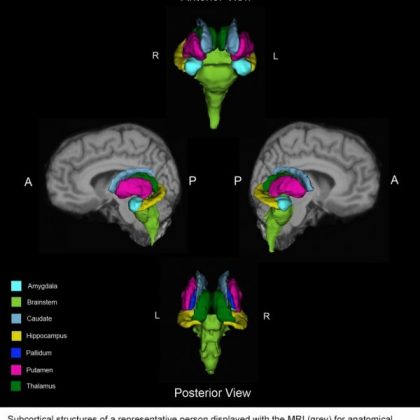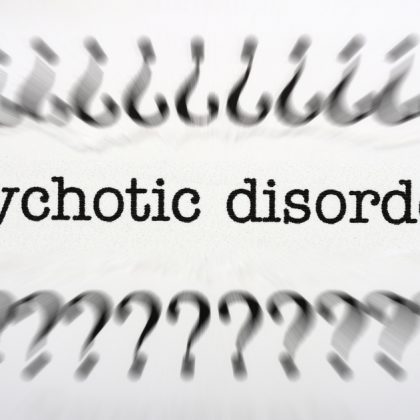A provisional consensus clinical and research definition for Agitation in cognitive disorders
The January International Psychogeriatrics Article of the Month is entitled ‘Agitation in cognitive disorders: International Psychogeriatric Association provisional consensus clinical and research definition’ by Jeffrey Cummings, Jacobo Mintzer, Henry Brodaty, Mary Sano et al.
Agitation is common across neuropsychiatric disorders and contributes to disability, institutionalization, and diminished quality of life for patients and their caregivers. There is no consensus definition of agitation and no widespread agreement on what elements should be included in the syndrome.
Agitation is a common clinical manifestation of many neuropsychiatric disorders. It is a frequent manifestation of Alzheimer’s disease (AD), frontotemporal dementia (FTD), dementia with Lewy bodies (DLB), and other dementia but also occurs in schizophrenia, bipolar illness, and depression. While agitation may include aggressive behaviors, it is not identical to aggression, and agitation can occur without aggression (e.g. pacing, rocking, repetitious mannerisms).
The International Psychogeriatric Association (IPA) formed an Agitation Definition Work Group (ADWG) to develop a provisional consensus definition of agitation in patients with cognitive disorders that can be applied in epidemiologic, non-interventional clinical, pharmacologic, non-pharmacologic interventional, and neurobiological studies. A consensus definition will facilitate communication and cross-study comparison and may have regulatory applications in drug development programs.
The ADWG implemented a transparent process that included nearly 1,000 survey respondents and engaged the memberships of the IPA, IPA affiliates, and other organizations involved in the care and research of neuropsychiatric disorders in patients with cognitive impairment. The group used a combination of electronic, face-to-face, and survey-based strategies to develop a consensus based on agreement of a majority of participants. Nine-hundred twenty-eight respondents participated in the different phases of the process.
An initial survey provided valuable insights from those involved in the care of agitated patients, and key elements of the definition were identified. Of the items listed as possible behaviors to be included in a definition of agitation, the following were endorsed by at least 50% of the respondents: pacing, aimless wandering, verbal aggression, constant unwarranted requests for attention or help, hitting others, hitting self, pushing people, throwing things, general restlessness, screaming, resistiveness, hurting self, hurting others, tearing things or destroying property, shouting, and kicking furniture. This information guided the elements included in the definition by the ADWG.
Agitation was defined broadly as: (1) occurring in patients with a cognitive impairment or dementia syndrome; (2) exhibiting behavior consistent with emotional distress; (3) manifesting excessive motor activity, verbal aggression, or physical aggression; and (4) evidencing behaviors that cause excess disability and are not solely attributable to another disorder (psychiatric, medical, or substance-related). A majority of the respondents rated all surveyed elements of the definition as “strongly agree” or “somewhat agree” (68–88% across elements). A majority of the respondents also agreed that the definition is appropriate for clinical and research applications.
The development of a provisional definition of agitation is the first step in advancing a research agenda for the definition. Not all elements were unanimously endorsed; a consensus was achieved on all aspects of the definition. Validity studies using other agitation assessments, reliability of the application of the definition, usefulness in clinical trials, usefulness in non-pharmacologic research, and real-world application in clinical and healthcare settings will lead to refinements and adjustments that will enhance the definition and advance the study of neuropsychiatric syndromes in cognitive impairment disorders.






